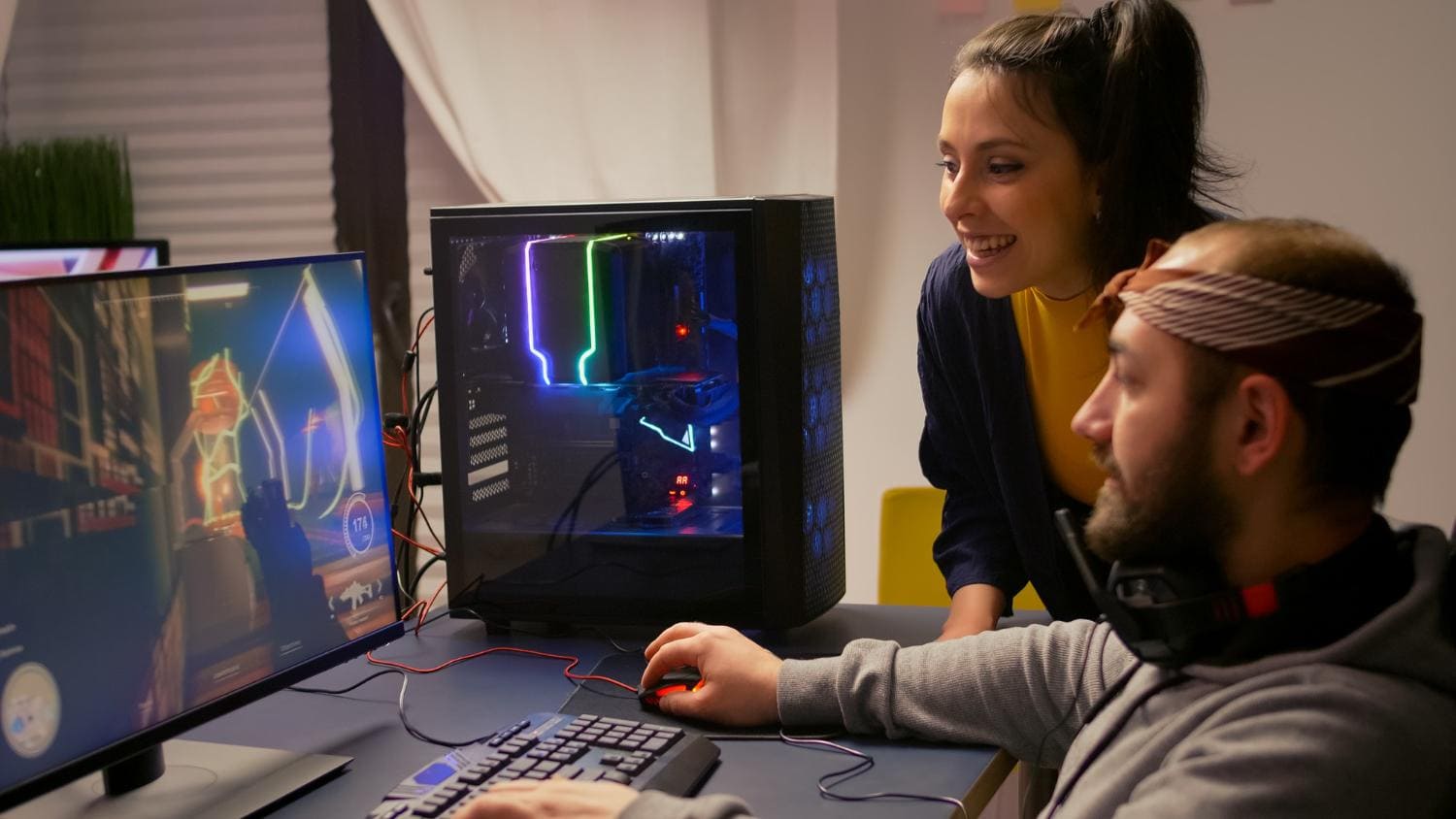The Art of Interactive Visuals: Shaping Game Experiences
In the dynamic realm of interactive entertainment, visual presentation transcends mere aesthetic appeal; it forms the bedrock of player engagement. It serves as the immediate gateway into digital worlds, shaping initial perceptions and laying the groundwork for every interaction. A game's visual identity is paramount, influencing how its core essence is understood from the outset.
The visual language of a game communicates its genre, tone, and underlying mechanics. This non-verbal communication is powerful, guiding player expectations and setting the stage for the narrative journey. It’s about more than just looking good; it's about conveying purpose and inviting exploration.
Over decades, visual design in gaming has evolved dramatically, from rudimentary pixels to hyper-realistic environments. This progression reflects not only technological advancement but also a deeper understanding of player psychology. Expectations for visual fidelity and artistic coherence continue to rise.
Crucially, game visuals are inherently interactive. They are not static backdrops but dynamic elements that respond to player input, environmental changes, and narrative shifts. This constant feedback loop between player action and visual reaction makes interactive experiences truly compelling and distinct from passive media consumption. This delicate balance is where true artistry lies for TriNimbusopho.
🎨 Visual Storytelling & World-Building
- Visuals are the primary architects of a game's world, establishing its lore, atmosphere, and mood. Through environmental design and character artistry, developers paint vivid pictures, drawing players into unique settings. Every detail contributes to a cohesive universe, allowing players to grasp context and history, building a believable digital space.
- Beyond static backdrops, visual cues actively guide players through narrative arcs and gameplay. Object placement, light direction, or subtle character expressions convey crucial plot points or highlight objectives. This approach encourages exploration and observation, deepening immersion effectively.
✨ Enhancing Gameplay Through Dynamic Feedback
- Effective visual design extends into gameplay, providing immediate and intuitive feedback for player comprehension. Visual indicators clearly communicate player actions, enemy states, or objectives. This clarity ensures players quickly interpret information and make informed decisions. Dynamic visual effects reinforce successful plays, making the gameplay loop feel responsive and rewarding.
🧠 The Psychology of Aesthetic Engagement
- The aesthetic appeal of a game significantly influences player psychology, impacting engagement and long-term retention. Color theory, compositional balance, and thematic consistency are not decorative; they evoke specific emotional responses. A thoughtfully designed visual environment creates feelings of comfort, excitement, or tension, aligning with gameplay mood and ensuring deep player connection.
Ultimately, interactive visuals are intrinsic to the game experience. They bring worlds to life, tell stories, and give player actions meaningful context. Their comprehensive impact touches every facet of engagement, elevating simple interactions to memorable moments.
From narrative foundations to emotional responses, visual design is multifaceted. It demands a holistic approach, where every pixel and animation contributes purposefully to the interactive journey. This careful craft elevates good games to truly memorable ones.
At TriNimbusopho, we understand exceptional visual design is fundamental. We push visual boundaries, ensuring every experience is aesthetically striking and deeply engaging. Our commitment lies in the seamless integration of art and interaction, creating truly unforgettable moments for players.


There are no comments yet, you can be the first to leave one